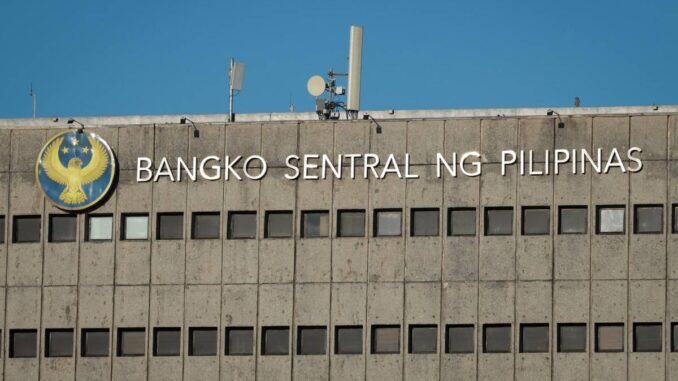
PHILIPPINE banks can handle rising household debt risks despite high interest rates compared to its regional peers, according to Moody’s Ratings.
“In Indonesia and the Philippines, banks face a moderate level of risk, given that households are not highly leveraged and the stable operating environment of these banking systems will support overall asset quality,” Moody’s Ratings AVP-analyst Jien Hoong Chew said in a commentary on Monday.
The credit rating agency officer noted the Philippines’ policy rate increased from 2 percent in 2021 to 6 percent in 2024, one of the sharpest rate hikes in the region, which has put pressure on the debt repayment capacity of household borrowers.
The Bangko Sentral ng Pilipinas (BSP) benchmark rate currently stands at 6 percent, following the two 25 basis points rate cut made at its August and October meetings.
However, Moody’s analysis reasoned that despite high interest rates, the Philippines’ household leverage remains lower compared to regional peers such as Thailand and Malaysia, where household debt as a percentage of gross domestic product (GDP) stands at significantly higher levels.
“We expect household debt growth will continue to outpace GDP growth over the medium term across most Asean economies, as credit demand improves in tandem with the normalization of interest rates and stronger economic growth across the region,” Chew said.
He pointed out the Philippines benefits from a relatively stable operating environment, which supports overall asset quality. But the rapid growth of retail loans, particularly in unsecured lending such as credit cards, adds another dimension of risk to the banks.
Credit card debts accounted for 28 percent of total retail loans in the country as of 2023.
“Banks in these economies will need to maintain more capital, given the higher risk weights for these products relative to mortgages,” Chew said. “They would also need to create more provisions for delinquencies, given the exposures to these portfolios are typically not collateralized.”
The commentary added that the gap between household debt growth and income levels in the Philippines is widening. This trend, combined with elevated inflation, has reduced real income and strained the financial buffers of households.
Chew likewise cited that the country’s non-performing loans (NPLs) have increased, with the retail segment’s NPL ratio rising from 1.9 percent in 2019 to 2.3 percent in 2023. The proportion of underperforming loans, classified as Stage 2, has also grown, signaling a potential risk of higher credit costs as these loans could transition to NPLs.
“While domestic and global challenges could slow the pace of monetary policy easing in Asean, the gradual materialization of policy rate cuts over the medium term will alleviate asset quality pressures across the region,” Chew said.


Be the first to comment